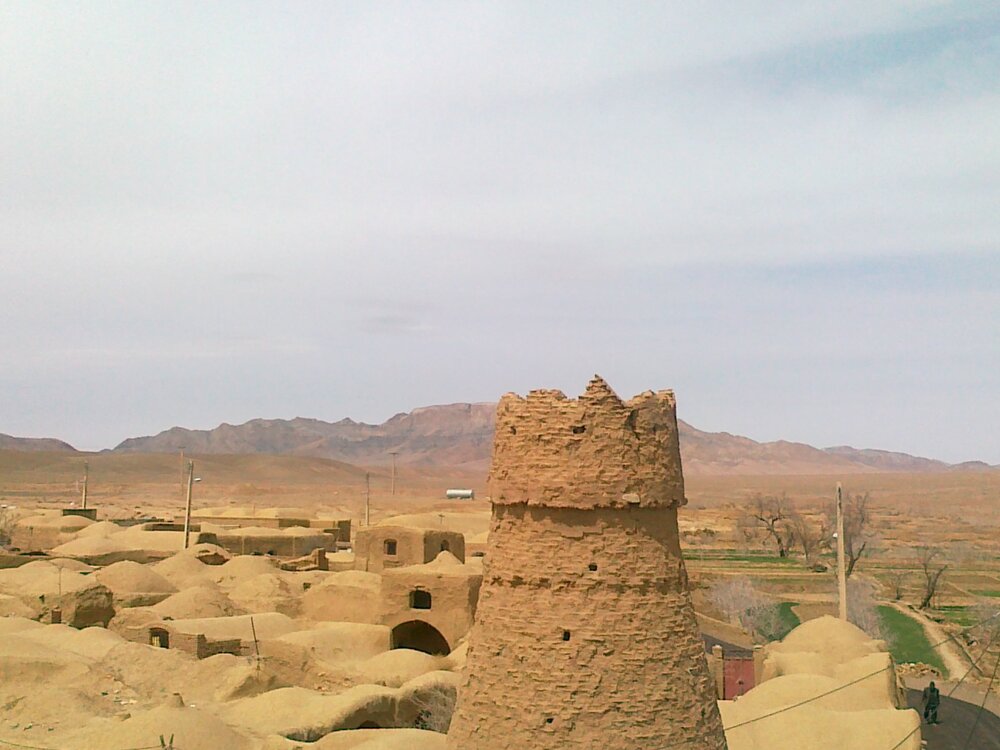Archaeological survey identifies 205 relics, ancient sites in Kerman

TEHRAN – A total of 205 relics and ancient sites have been identified during an archaeological survey in Kuhbanan, the southeastern Kerman province, suggesting that the region has long been a hub for Tutia (vitriol) production and the main corridor for human migration into the eastern parts of the Asian continent.
“In addition to 205 relics and historical sites so far been identified in Kuhbanan county, a survey co-directed by Iranian archaeologists Alireza Sardari and Morteza Khanipour, suggests that the region was once one of the human settlements in the Paleolithic era and it was a passageway for human beings who went towards eastern Iran and eastern parts of Asia,” ILNA quoted Sardari as saying on Sunday.
Sardari noted that the newly-identified artifacts include [archaeological] sites and hills, [ruined] buildings, mills, water reservoirs, remains of ancient villages and houses, towers, aqueducts, mines, stone graves, and shelters that date back to different periods of history.
Talking on the survey, Khanipour said some of the identified relics and sites date from Parthian, Sassanid, and [early] Islamic eras.
“Regarding historical sources, and [travelogues by ancient] travelers, the development of qanat [subterranean aqueduct] networks caused the creation of various villages in the in Kuhbanan region when growing population and urban development triggered the development of mosques, temples, towers, bazaars, residential houses, most of which being documented in the survey,” Khanipour explained.
In February 2020, teams archaeologists and cultural heritage experts co-led by Iranian archaeologist Nader Alidad-Soleymani and German Professor Peter Pfalzner started another survey in Kerman to record evidence about previously excavated sites in the counties of Jiroft, Kahnuj, Anbarabad, Faryab, Rudbar, Qalehganj, and Manujan.
In 2008, Piotr Steinkeller, professor of Assyriology in Department of Near Eastern Languages and Civilizations of Harvard University, announced that Jiroft is the lost ancient city of Marhashi. Steinkeller presented his theory during the first round of an international conference on Jiroft civilization, held in Tehran on May 5 and 6, 2008. Marhashi, (known in earlier sources as Warahshe) was a 3rd millennium BC polity, which was formed east of Elam on the Iranian plateau.
Big and sprawling Kerman Province is something of a cultural melting pot, blending various regional cultures over time. It is also home to rich tourist spots and historical sites including bazaars, mosques, caravanserais, and ruins of ancient urban areas.
AFM/MG
Leave a Comment